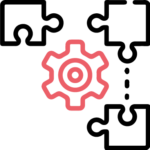Customized CRM vs. Borealis Stakeholder Software
Which one will better serve your needs?

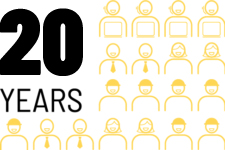
20 years of maturity
in stakeholder engagement and used by 250 organizations in 60 countries.
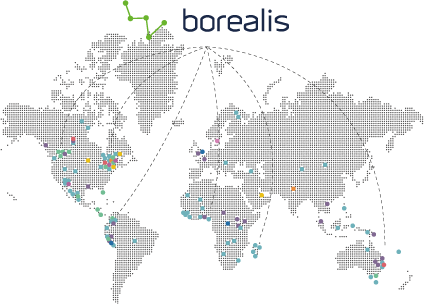
Industry expertise best practices
Developed by experts in stakeholder engagement and evolved to comply with changing best practices and international standards (IFC, GDPR).
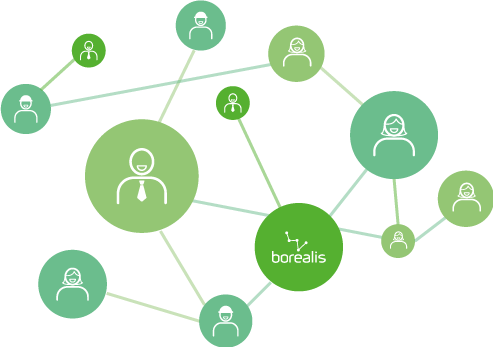
Global community
Feedback on best practices constantly being collected from global users and added to product roadmap.

Focus on change management rather than software development. Fit for purpose out of the box and can be easily configured and deployed; easy to adapt or add new functionalities as your needs evolve over time.
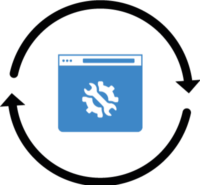
Continuous improvement
Software improved each quarter based on feedback from global community. Software always at the forefront of best practices.

Successful adoption
Dedicated user training and onboarding team, with ongoing support and usage monitoring to ensure software always delivers maximum value.
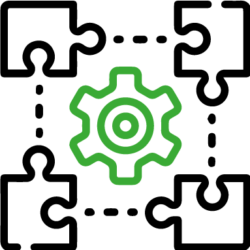
Instantly scalable
Easily add fit for purpose modules to strengthen all areas of environment, social and governance like Grievance management, Social investment and Land management.
Customized CRM
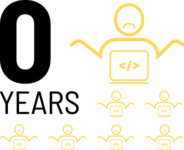
0 years of maturity
in stakeholder engagement (custom portion never tested for real-world use).
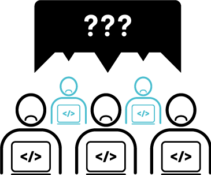
Lack of stakeholder engagement expertise
IT team customizing platform unlikely to have any knowledge of stakeholder engagement best practices or applicable standards.

No stakeholder engagement community
of practice
Working in isolation with no insights from fellow practitioners to improve processes or best practices.
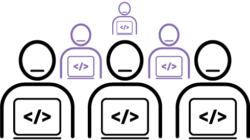
Costly and lengthy process to make platform minimally suitable for purpose (requirements gathering, development, testing, etc); must be repeated each time it needs to be changed.
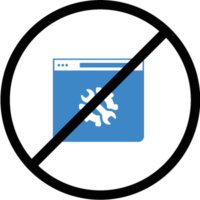
No continuous improvement
Lack of dedicated development team means platform may never fully meet needs or quickly become obsolete; any future improvements will entail lengthy change management process.

Questionable adoption
Budget constraints may mean sub-optimal configuration and user resistance; no dedicated team to ensure platform continues to deliver expected value over time.
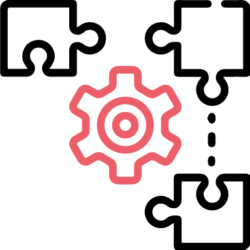
Difficult to scale other business areas related to industry
Connecting the customized data management system with other tools that can support social performance has not been tested and may represent another lengthy round of development.
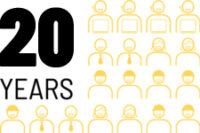
20 years of maturity
in stakeholder engagement and used by 250 organizations in 50 countries
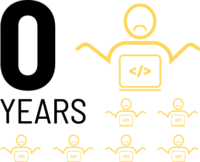
0 years of maturity
in stakeholder engagement (custom portion never tested for real-world use)
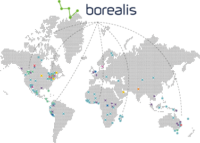
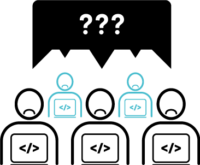
Lack of stakeholder engagement expertise
IT team customizing platform unlikely to have any knowledge of stakeholder engagement best practices or applicable standards
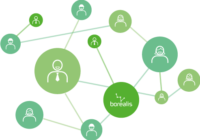
Global community
Feedback on best practices constantly being collected from global users and added to product roadmap.

No stakeholder engagement community of practice
Working in isolation with no insights from fellow practitioners to improve processes or best practices.

Configuration Focus on change management rather than software development. Fit for purpose out of the box and can be easily configured and deployed; easy to adapt or add new functionalities as your needs evolve over time.
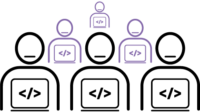
Customization
Costly and lengthy process to make platform minimally suitable for purpose (requirements gathering, development, testing, etc); must be repeated each time it needs to be changed.
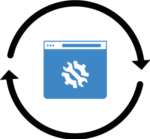
Continuous improvement Software improved each quarter based on feedback from global community. Software always at the forefront of best practices
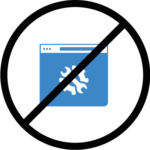
No continuous improvement
Lack of dedicated development team means platform may never fully meet needs or quickly become obsolete; any future improvements will entail lengthy change management process

Successful adoption
Dedicated user training and onboarding team, with ongoing support and usage monitoring to ensure software always delivers maximum value

Questionable adoption
Budget constraints may mean sub-optimal configuration and user resistance; no dedicated team to ensure platform continues to deliver expected value over time

Instantly scalable
Easily add fit for purpose modules to strengthen all areas of environment, social and governance like Grievance Management, Social investment and Land Management.
